The End of an Era: Blizzard’s Midnight Expansion Signals the Near-Death of WeakAuras and a Paradigm Shift for World of Warcraft Combat
Popular Now
 Minecraft
Minecraft
 Fall Guys
Fall Guys
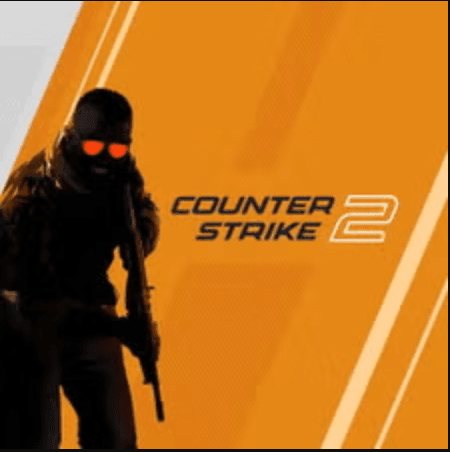 Counter-Strike 2
Counter-Strike 2
 Geometry Dash
Geometry Dash
 Black Myth: Wukong
Black Myth: Wukong
 PUBG Mobile
PUBG Mobile
 FIFA 23
FIFA 23
 God of War Ragnarök
God of War Ragnarök
 EA SPORT FC 25
EA SPORT FC 25
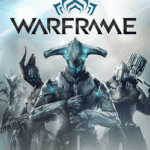 Warframe
Warframe 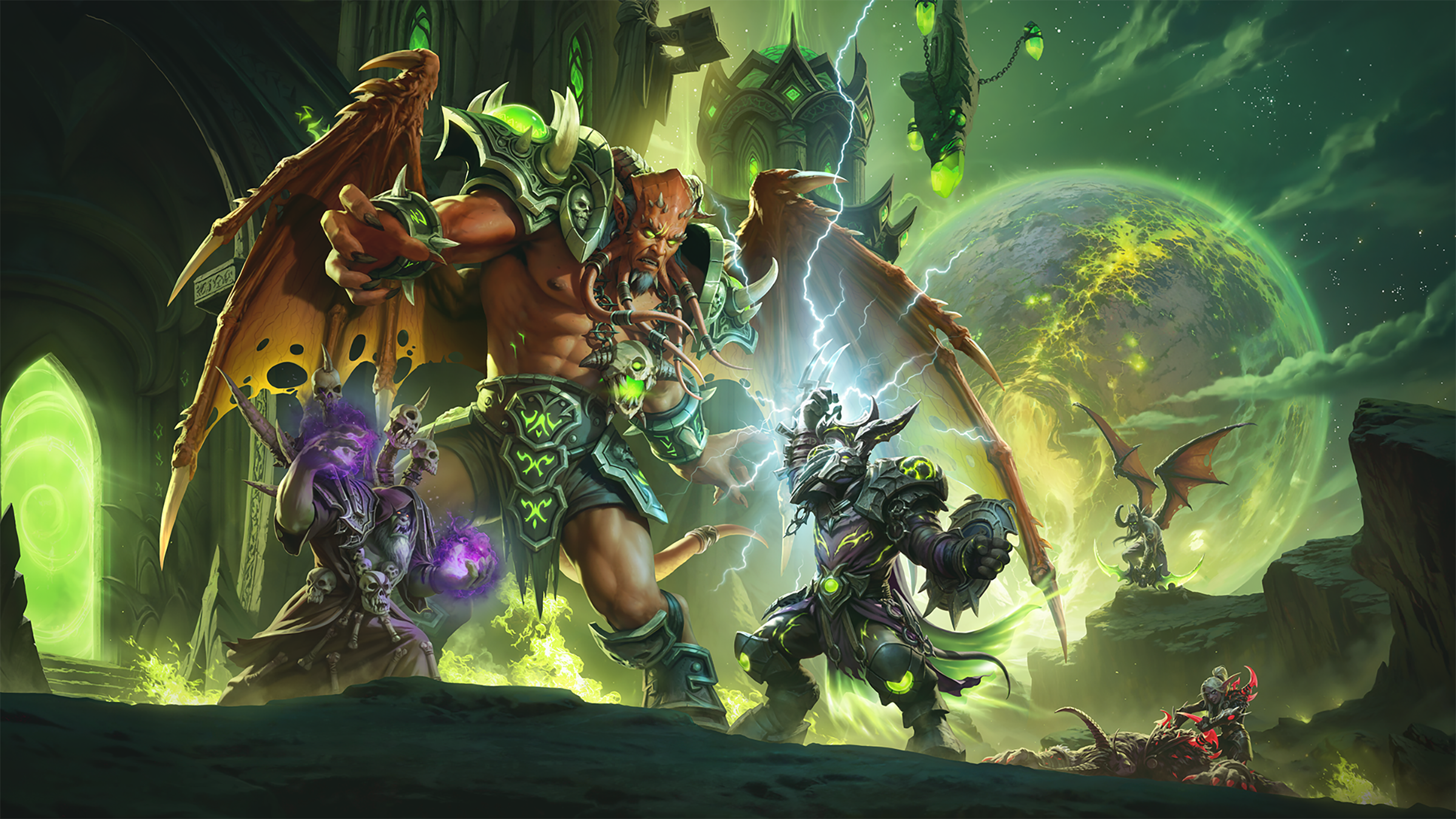
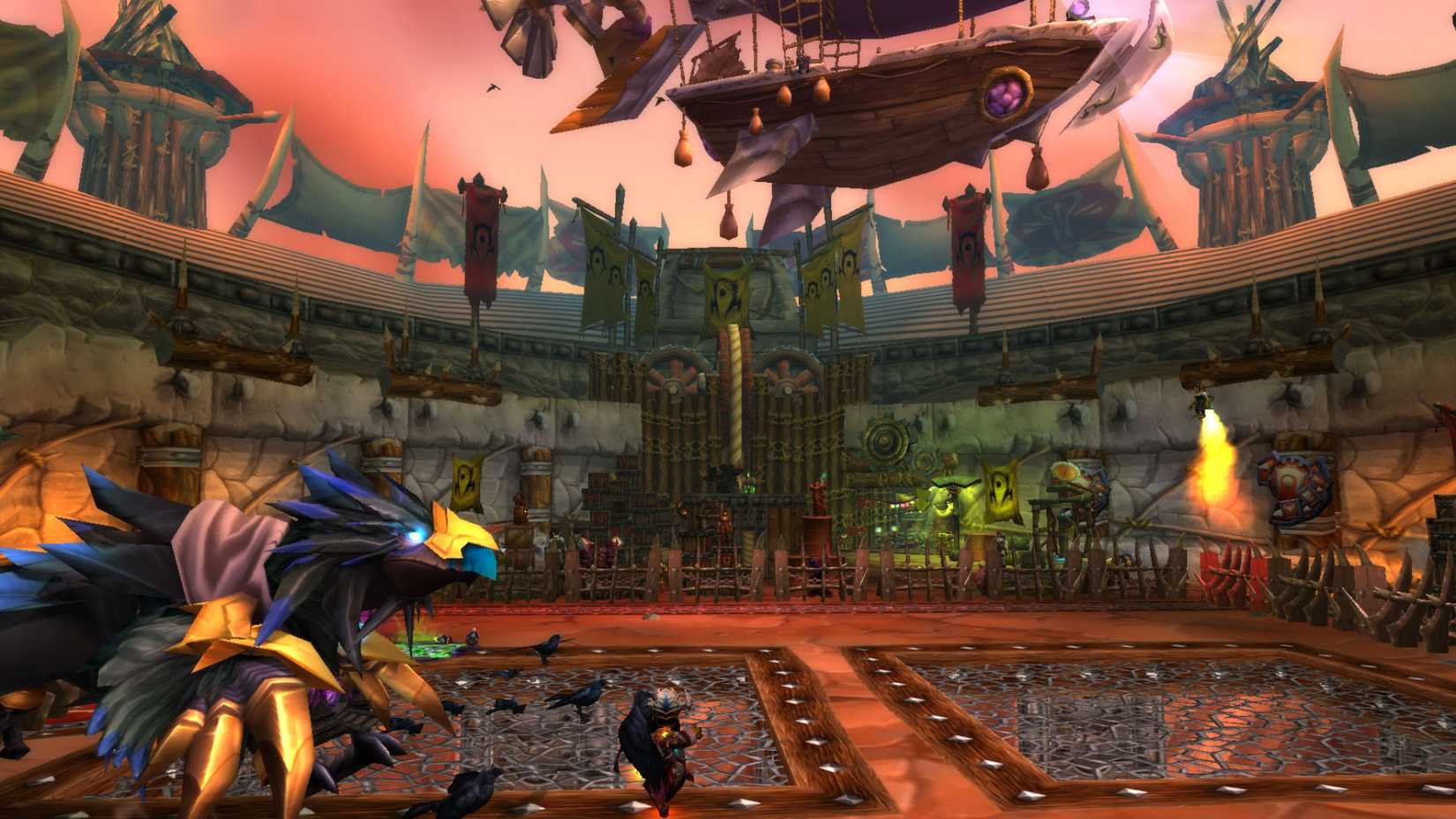 The landscape of Azeroth is on the cusp of a seismic transformation, one that strikes not at the core of the ongoing narrative war against the Void but at the very interface players use to wage it. With the impending launch of World of Warcraft: Midnight, Blizzard Entertainment is poised to implement sweeping changes to its combat API that will effectively render several of the game’s most essential and high-impact third-party AddOns obsolete. The most high-profile casualty in this technological upheaval is arguably WeakAuras, the immensely powerful, community-driven customization tool that has become mandatory for high-level Raiding and Mythic+ Dungeon progression. This move marks an aggressive step by Blizzard to reclaim control over the moment-to-moment combat experience, forcing a fundamental shift in how players engage with endgame content and raising serious questions about the future of WoW UI Customization.
The landscape of Azeroth is on the cusp of a seismic transformation, one that strikes not at the core of the ongoing narrative war against the Void but at the very interface players use to wage it. With the impending launch of World of Warcraft: Midnight, Blizzard Entertainment is poised to implement sweeping changes to its combat API that will effectively render several of the game’s most essential and high-impact third-party AddOns obsolete. The most high-profile casualty in this technological upheaval is arguably WeakAuras, the immensely powerful, community-driven customization tool that has become mandatory for high-level Raiding and Mythic+ Dungeon progression. This move marks an aggressive step by Blizzard to reclaim control over the moment-to-moment combat experience, forcing a fundamental shift in how players engage with endgame content and raising serious questions about the future of WoW UI Customization.
The Combat AddOn Purge: What is Being Disabled?
The core of the controversy lies in Blizzard’s decision to severely restrict or outright remove access to real-time combat data through the public AddOn Application Programming Interface (API). Game Director Ion Hazzikostas has been vocal about the team’s long-term goal to “rein in” AddOn functionality that automates or trivializes core combat mechanics. The developers argue that too many encounters are currently designed around the assumption that players are using third-party tools, leading to an arms race between encounter design and AddOn creation that ultimately compromises the base game experience.
The restrictions in the Midnight Alpha are already showing the profound impact of this new philosophy. Specifically, AddOns that rely on granular, real-time combat log events will cease to function as they currently do. This includes:
- Deadly Boss Mods (DBM) and BigWigs: The foundational boss timer and alert AddOns will be severely crippled. The ability for these AddOns to track and broadcast specific, immediate boss ability information that requires real-time computational problem-solving will be disabled.
- WeakAuras: The creators of this ubiquitous, dynamic display and alert framework have already announced that the severity of the restrictions makes core functionality—such as complex conditions, actions, and inter-Aura communication—impossible to maintain. They will not be developing a version for Midnight, signaling a massive loss for the WoW community.
- OmniCD and other Cooldown Trackers: AddOns that track the combat-related cooldowns and abilities of other party members will be heavily impacted, making real-time coordinated utility and defensive usage significantly more difficult for high-level Competitive Gaming.
While Blizzard maintains that their intent is not to “kill WeakAuras” but to remove its combat-solving capabilities, the practical effect is the de-facto retirement of the AddOn in its most powerful, endgame-defining form. For millions of players, WeakAuras has been synonymous with maximizing DPS, optimizing Healing, and tanking the most difficult bosses.
 Blizzard’s New UI Tools: An Adequate Replacement for Custom Logic?
Blizzard’s New UI Tools: An Adequate Replacement for Custom Logic?
In response to the functional void left by the “addon purge,” Blizzard is actively developing and integrating native UI solutions into Midnight. The goal is to provide a more robust, accessible baseline experience that no longer necessitates a mandatory AddOn installation list for new or returning players seeking to tackle challenging content. These official alternatives include:
- A Built-in Cooldown Manager: Designed to track and display personal and group cooldowns, aiming to fill the gap left by functionality lost from WeakAuras and OmniCD.
- Native Damage Meters and Nameplate Improvements: Integrating functionality previously handled by popular AddOns like Details! and Plater, offering basic, official combat tracking.
- Improved Boss Alerts: A first-party boss alert system that will be integrated directly into raid and dungeon encounter design, eliminating the need for DBM to perform real-time combat analysis.
However, early feedback from the Alpha test is mixed, bordering on critical. Experienced players and AddOn authors argue that the current native tools are “lacklustre” and “insufficient” compared to the deep level of customization and functional depth offered by the community creations they are replacing. For instance, the new Cooldown Manager lacks essential customization features like center alignment, and the Tracked Bars are an inadequate replacement for the granular data display capabilities of WeakAuras (Source: WoW Forums). The lack of a proper, native healing-focused raid frame replacement has been a particular pain point for the Healing Community.
The major concern is not just the functional parity but the pace of development. Many players fear that the official replacements will be forced live before they are fully refined, leading to a difficult first season in Midnight for players pushing the absolute limit of Endgame Content.
The Strategic Rationale: Accessibility, Design, and Console Readiness
The developers’ stated philosophy behind this radical shift revolves around two main pillars: Accessibility and Encounter Design Integrity.
First, Blizzard wants to reduce the “cognitive load” and barrier to entry for the game. Currently, new players are often told that to “properly” play World of Warcraft, they must download a suite of external programs. By integrating core tracking and alert systems into the base UI, the game becomes instantly more accessible to a wider audience, which is a key driver for long-term subscriber growth and platform health, directly affecting the long-term Subscription Model of the MMO. This focus on streamlining the UI and combat systems has also been widely speculated to be a precursor to a potential Console Release of World of Warcraft, where the lack of an AddOn ecosystem makes a robust native UI essential for a level playing field.
Second, the changes allow for a fundamental redesign of boss encounters. By removing the ability for AddOns to solve mechanics through real-time computation—such as instantly identifying which debuff a player has and where they need to move—Blizzard can design fights that rely on more visual cues, player awareness, and natural reaction time, rather than relying on an external air-horn or giant screen text. This should make the pure, untainted version of the boss fight more satisfying and challenging for all players, aligning the experience of the top Esports guilds with the general player base.
The Market and Community Reaction: Frustration and a New Meta
The reaction from the dedicated MMORPG community has been one of deep frustration and anger. For two decades, AddOns have been an integral, celebrated part of the WoW experience, fostering a thriving ecosystem of community developers. The loss of a tool as versatile and essential as WeakAuras is viewed by many as a step backward for customization and player agency. High-tier players, who rely on the precise, tailored information flow of their custom UIs, face a massive adjustment period.
The economic and strategic keywords associated with this shift are critical: Player Retention, Core Gameplay Loop, Competitive Advantage, and Cross-Platform Readiness. The hope is that the changes will ultimately broaden the game’s appeal, but the immediate pain for the dedicated hardcore segment is undeniable.
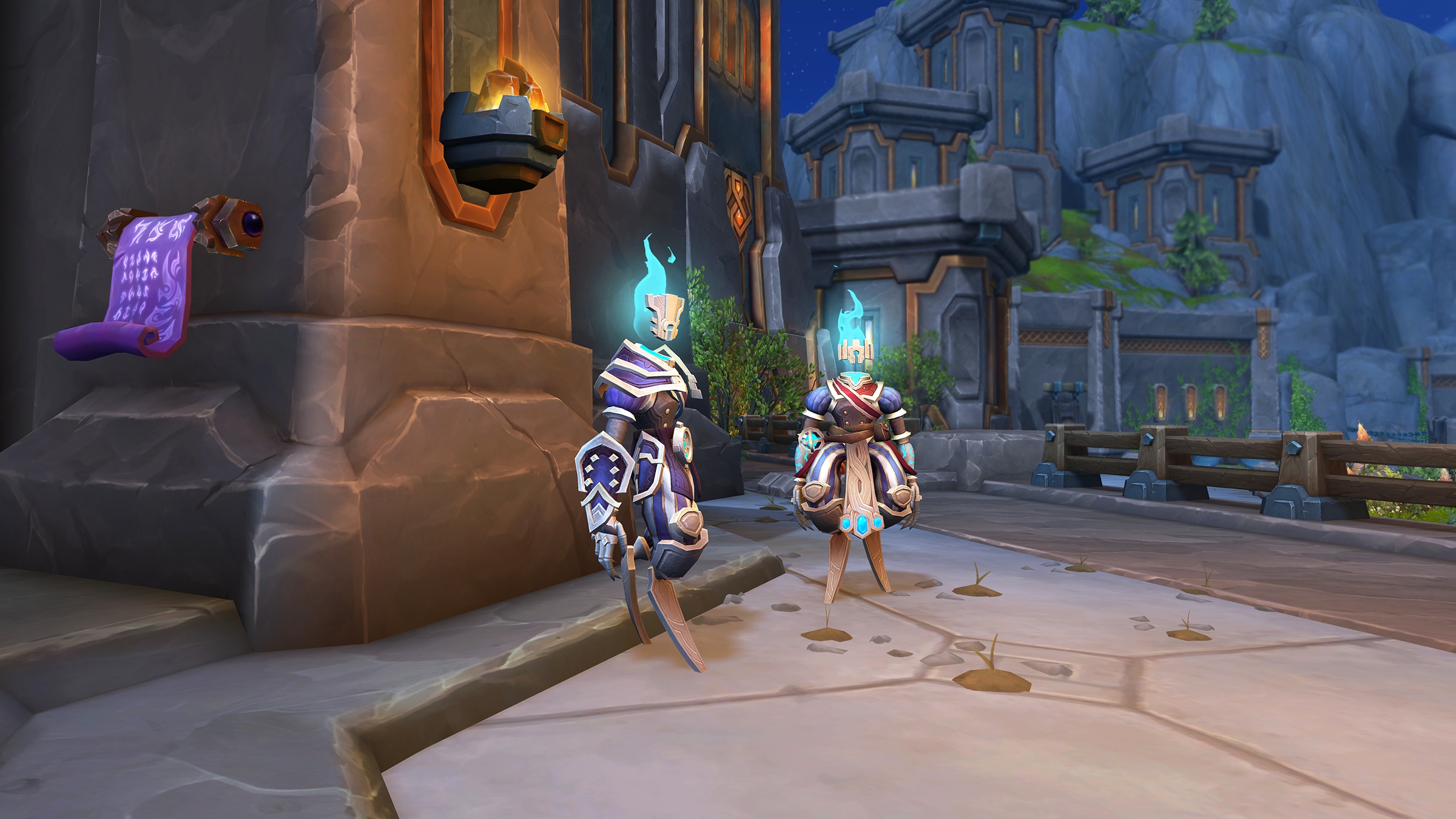 As the Midnight expansion alpha progresses, the community and Blizzard are locked in a crucial period of feedback. Whether Blizzard’s native solutions can evolve quickly enough to satisfy the demands of a player base accustomed to two decades of world-class, community-developed UI tools remains the central, high-stakes question. This change is more than just a UI update; it is a declaration of a new design philosophy for World of Warcraft, one where the game client, not third-party software, dictates the flow of information and the nature of the challenge. The price of admission to this new era is the voluntary sacrifice of some of the game’s most beloved and powerful player tools, initiating a Gaming Industry-wide debate on the role of modifications in competitive online games.
As the Midnight expansion alpha progresses, the community and Blizzard are locked in a crucial period of feedback. Whether Blizzard’s native solutions can evolve quickly enough to satisfy the demands of a player base accustomed to two decades of world-class, community-developed UI tools remains the central, high-stakes question. This change is more than just a UI update; it is a declaration of a new design philosophy for World of Warcraft, one where the game client, not third-party software, dictates the flow of information and the nature of the challenge. The price of admission to this new era is the voluntary sacrifice of some of the game’s most beloved and powerful player tools, initiating a Gaming Industry-wide debate on the role of modifications in competitive online games.








